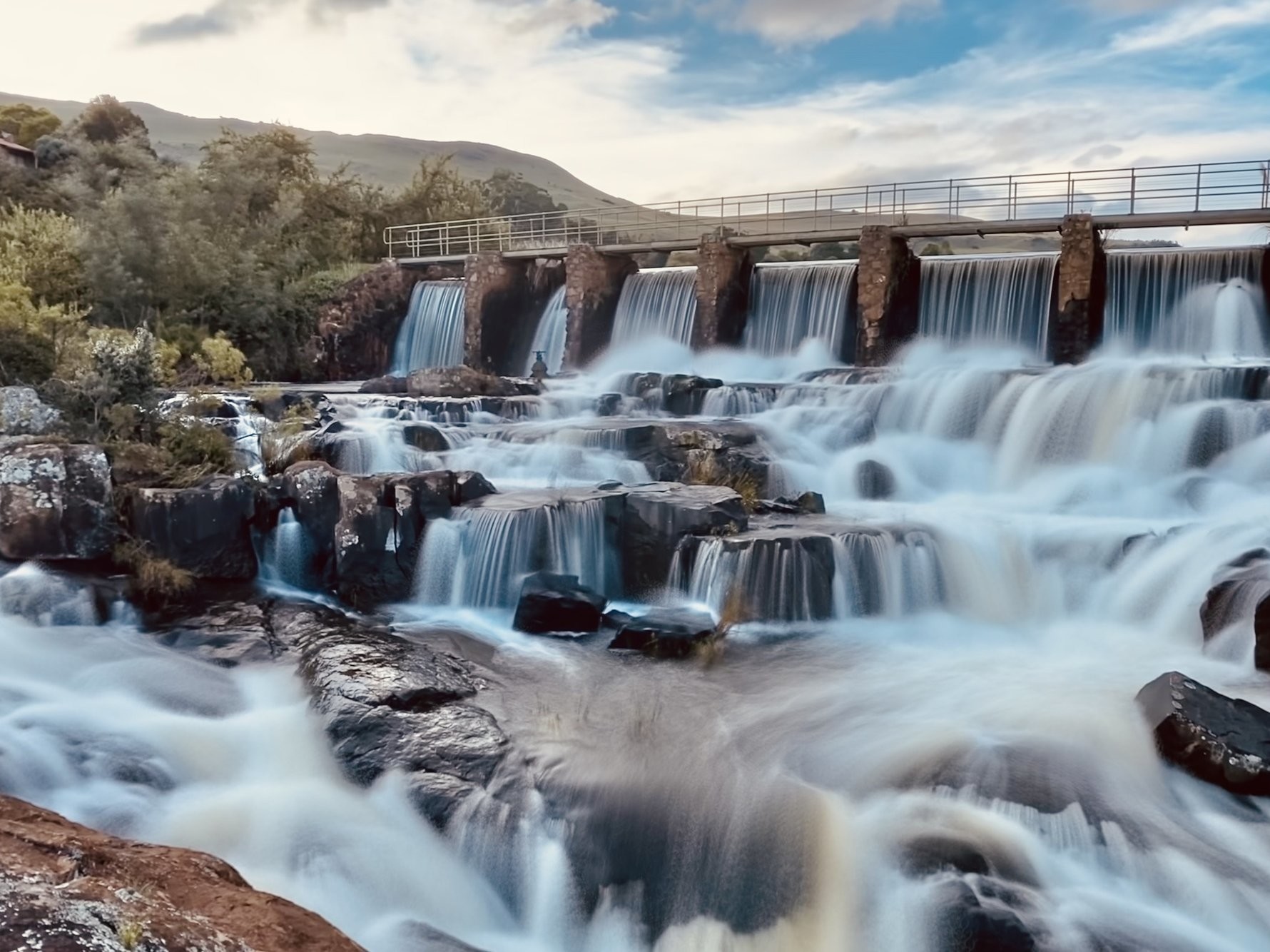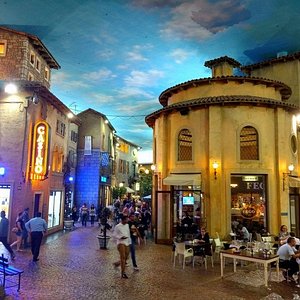A Biased View of Johannesburg North Attractions
A Biased View of Johannesburg North Attractions
Blog Article
Johannesburg North Attractions Fundamentals Explained
Table of Contents10 Simple Techniques For Johannesburg North AttractionsEverything about Johannesburg North AttractionsThe Best Strategy To Use For Johannesburg North AttractionsJohannesburg North Attractions Can Be Fun For EveryoneThe 6-Minute Rule for Johannesburg North AttractionsAll About Johannesburg North Attractions
The city grew on the side of the Witwatersrand Main Reef, a subterranean stratum of gold-bearing quartz-silica conglomerate that arcs for hundreds of miles underneath the Highveld - Johannesburg North attractions. Many of the gold mines in the city stopped operation in the 1970s, but in its day the Witwatersrand gold market accounted for even more than 40 percent of the world's yearly gold production.Johannesburg has a temperate climate. The city takes pleasure in regarding eight hours of sunshine per day in both winter months and summertime.
What rainfall the city gets drops virtually specifically in the summertime months, commonly in magnificent late-afternoon electric tornados., where numerous residents still rely on coal for gas.

The Buzz on Johannesburg North Attractions
The balance of the city is inhabited by whites. Lodging varies in character and top quality.
Physical growth, although rather restricted by transportation, proceeded rapidly as migration to South Africa, and Johannesburg in certain, enhanced substantially.
The majority of poor suburbs were mixed, with poor blacks and whites living together, although the rich suburbs were normally reserved for whites. This changed with the political election of the National Party in the 1948 political elections, that started to formalise the system called discrimination. Racism formally marked which residential areas each race can live in under the Group Locations Act.
The previous system of eleven phoned number regions was reorganised in 2006. Marshalltown, as seen from the top of the Carlton Centre. The M1 and M2 run behind the structures, and the southerly residential areas prolong past the highway boundary. The central city of Johannesburg lies within the city's Area F. The number of individuals living in the internal city on an informal basis is unknown, as you could look here lots of are unlawful immigrants. The joblessness, education, and age accounts of the location are all unidentified, due to the difficulty of getting reputable information about the location.
Johannesburg North Attractions Can Be Fun For Everyone
Centred on the CBD, the area includes the residential areas of Yeoville, Bellevue, Troyeville, Jeppestown, and Berea to the east. To the west it infects Pageview (Johannesburg North attractions) and Fordsburg. There are little industrial parks to the south, such as City West-Denver and Benrose. Around 800,000 travelers go through the internal city each day, and it works as a regional purchasing node for visitors from the southerly suburban areas. Yeoville and Bellevue have a mix of apartment and single property systems on little great deals. The region is located on a hilly divide that runs from eastern to west. The most conspicuous geographic feature is Observatory Ridge, which is called for the big observatory situated on it. The recreational areas are no longer used, because of safety and security troubles.

Indicators on Johannesburg North Attractions You Need To Know
The eastern suburban areas are some of the oldest areas of Johannesburg, there are More Help large neighborhoods of Jewish and various other European backgrounds, the majority of the population is English talking. There are 3 golf programs as well as a number of protected ridges with viewsites.
The area is mainly made up of old "matchbox" homes, or four-room homes developed by the federal government, that were developed to supply cheap holiday accommodation for black employees during racism. Soweto is an acronym, meaning "South Western Townships". Street after street around is lined with matchboxes; nonetheless, there are a few smaller locations where prosperous Sowetans have actually developed homes that are a lot more similar in stature with those in even more affluent suburban areas.
Hostels are an additional noticeable physical attribute of Soweto. Initially built to house male migrant workers, several have been improved as residences for couples and households. The N1 Western Bypass skirts the eastern limit of Soweto. The suburb was not traditionally allowed to produce employment centres within the area, so virtually all of its locals are travelers to other components of the city.
Johannesburg North Attractions - An Overview
The household areas in the north residential areas are primarily official, with no significant areas of casual housing, or housing that does not have an irreversible framework. This is a well-known location, there is a fad of land usage modification from household to commercial, especially along primary arterial roads and around well-known nodes.
Roads to the east and west are less well developed, as there are no freeways taking a trip in that direction. In the direction of the north boundary of the city, the density of development lowers, leaving huge locations of undeveloped land around Midrand.
The Only Guide for Johannesburg North Attractions
The first residential area to the north of the central city is Parktown, which is located on a hill overlooking the inner city and Hillbrow. It has lots of rich citizens and Edwardian-design manors, as well as the Education and Medical campuses of the visit homepage University of the Witwatersrand. The big concrete Charlotte Maxeke Johannesburg Academic Hospital dominates the skyline of Parktown.
Report this page